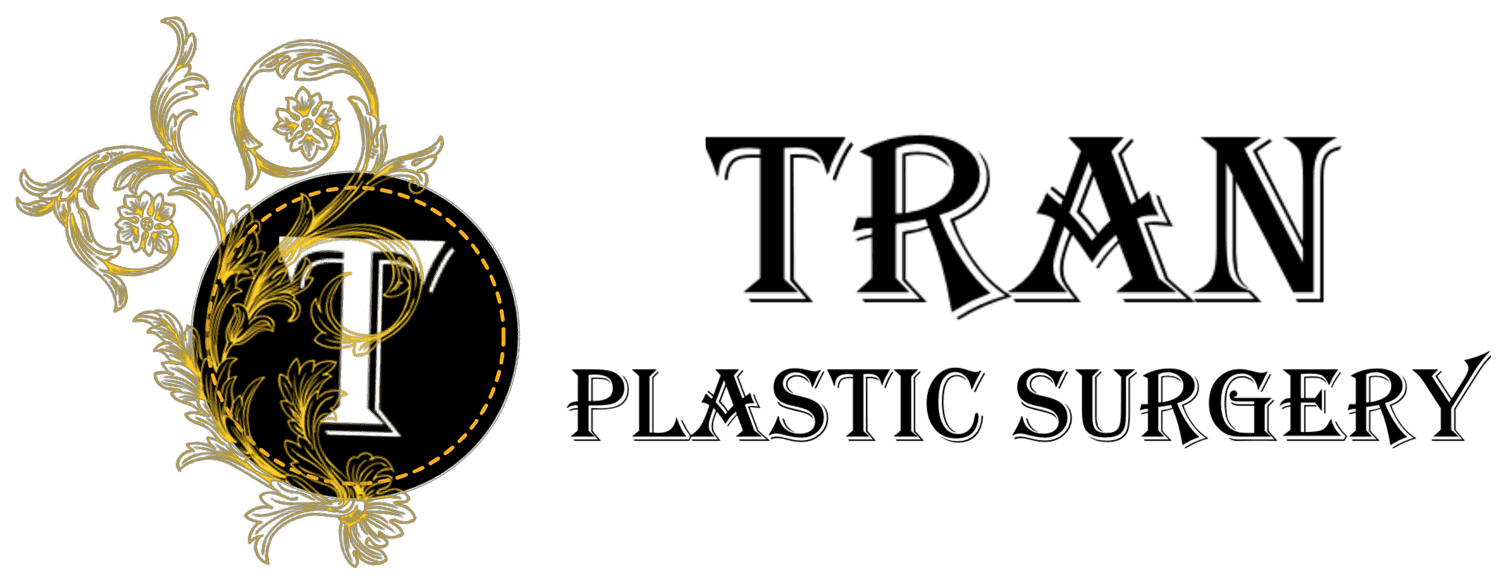Gynecomastia is the breast enlargement condition occurring in men. Gynecomastia can involve one or both breasts. Patients often have discomfort with the enlargement with sensitivity of the breast, present of a lump under the nipple areolar complex, and sometimes asymmetry of the breasts. This can lead to decreased confidence in clothing and when the patient does not have a shirt on. While certain hormonal abnormalities, drugs, and medical conditions can cause gynecomastia, most patients do not have any direct cause. A work up will be complete prior to surgery to ensure safety and rule out other causes of gynecomastia. (see before and after photos of gynecomastia surgery)
Gynecomastia Surgery Details
The surgery is done under general anesthesia. A combination of liposuction and direct excision are typically performed to remove the breast tissue. The tissues removed are sent to the pathologist for examination. The incisions are small and well concealed.
Male Breast Reduction Recovery
The surgery is done as an outpatient surgery. You will go home on the same day after your surgery. Bruising can occur and will take about 2 weeks to resolve, but swelling will take longer. A compression garment must be worn on the chest for 6 weeks to reduce swelling and optimize healing. Strenuous upper body exercise and heavy lifting are not recommended for 6 weeks. Most patients return to normal daily activities in a few days.
Gynecomastia Surgery Candidates
Ideal candidates are non-smoker, healthy individuals. Any possible medical and medication causes of gynecomastia must be addressed prior to surgery. If you do smoke/vape or use any nicotine product, you need to stop using for at least 2-3 months prior to surgery and remain nicotine free for 3 months after surgery to optimize healing. Otherwise, your risk of skin and tissue necrosis and open wound is extremely high that surgery should not be pursued.
What are the complications?
As with any surgery, there is risk of bleeding, infection, hematoma, fluid collection, tissue necrosis, contour deformity, scarring, asymmetry, decrease or no sensation in the surgical area, decreased or no sensation to nipple, changes in pigmentation of the areolar, and need for further surgery. Higher risk of wound complication and tissue necrosis are seen in patients who have wound healing problems including uncontrolled diabetes and smoker/vapers using nicotine products. It’s essential to have your diabetes controlled and stop using nicotine products before and after surgery. Otherwise, your risk of skin and tissue necrosis and open wound is extremely high that surgery should not be pursued.
